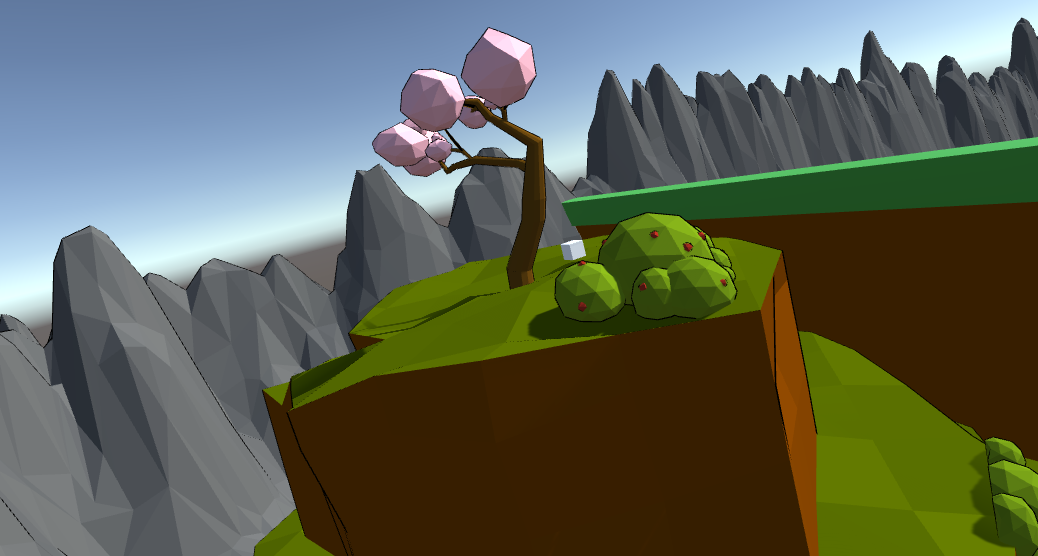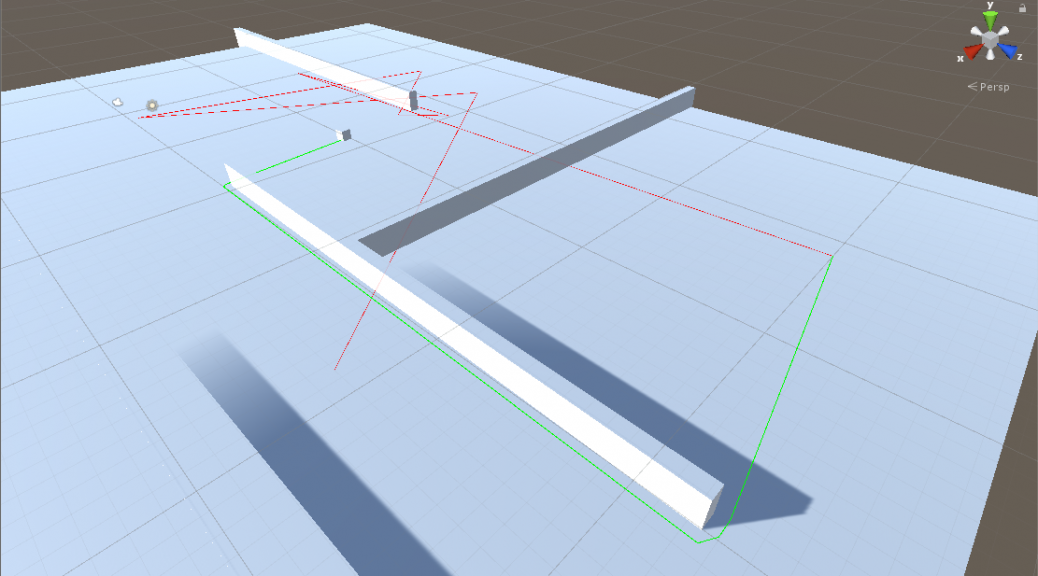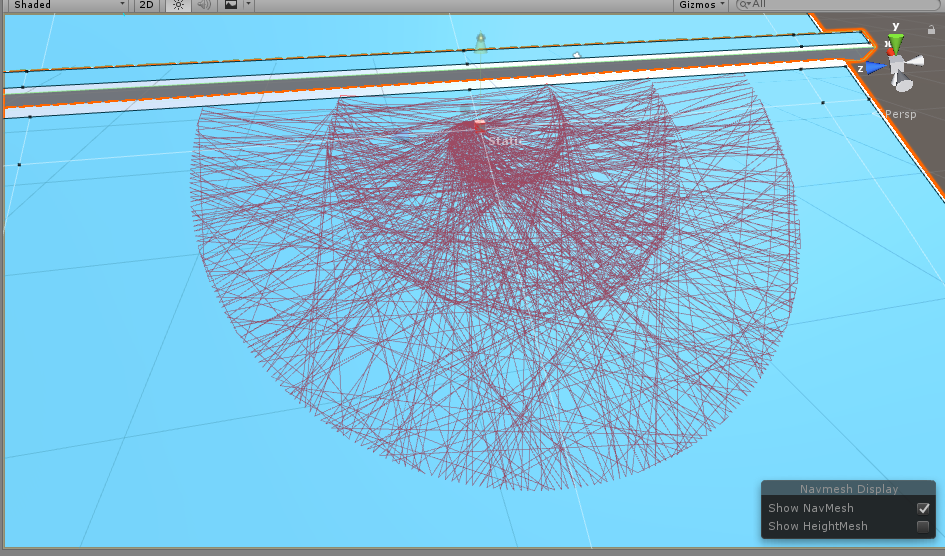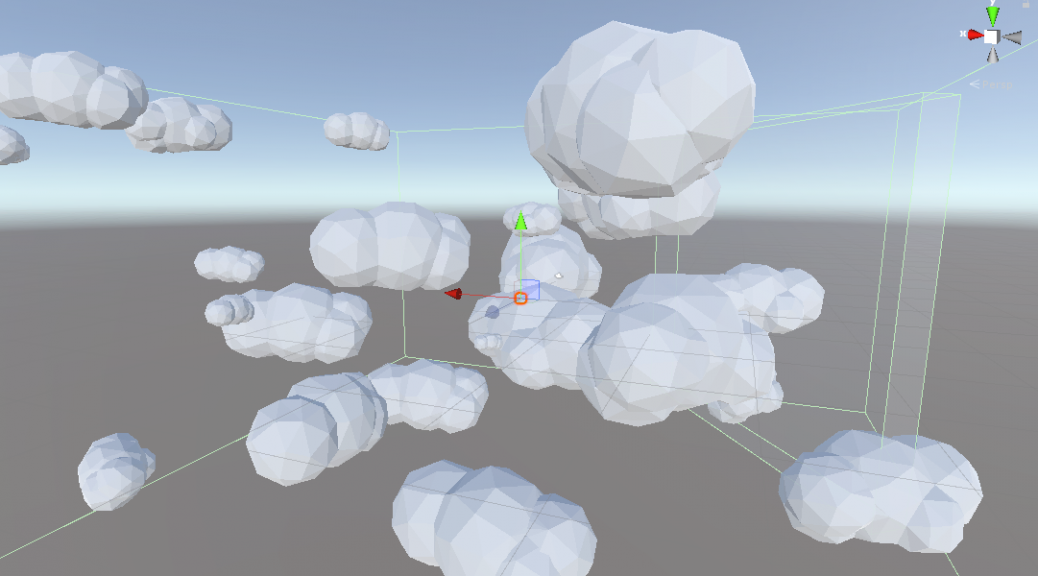Developing AI sight and memory
This post is going to be a little bit different than what I have written so far, as the project presented here is a work in progress. However, it is for that reason exactly, that I thought it would be interesting to write about. Instead of presenting a fully functioning prototype, I will submit what I have done in the process so far, and update the post as work comes along. This will hopefully give you an idea of how…





